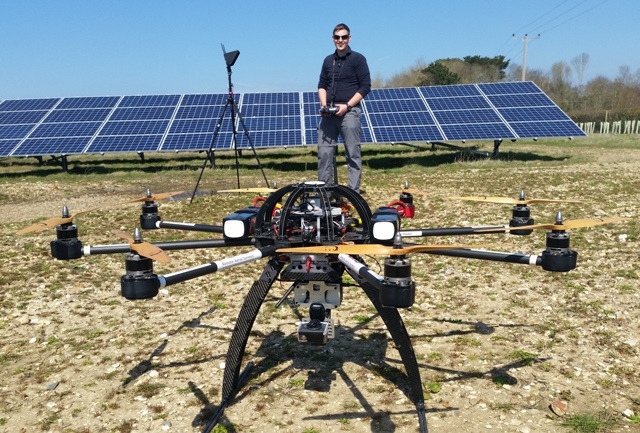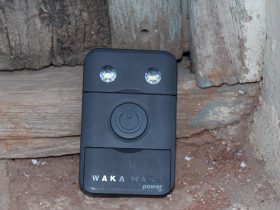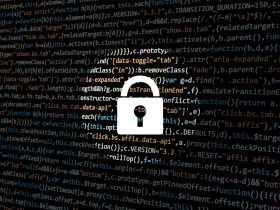Most industries carry out inspections regularly to ensure that their equipment is safe and working well. Some of the sectors that must conduct regular investigation include construction, communications, utilities, petrochemical and oil and gas industries. However, human inspection is limited by heights and confined spaces, and therefore they cannot go far. Besides, a human check is subject to accidents and takes a longer time as compared to aerial inspection using aircrafts. Most companies are increasingly beginning to use drones for inspection to help them address the operational challenges that are associated with human investigations. Here are the five things to do with drones for inspection and detection.

- Securing Pipelines
Asset management is a crucial function of the energy industry. This includes monitoring production, performance, environmental compliance, safety, overall integrity as well as other factors. The following services are straightforward, but environment presents great risks and complexities. This is because pipelines span several miles in areas that are mainly remote. Besides, most manufacturing facilities may present a likely exposure to dangerous chemicals.
With these challenges, maintenance and surveillance activities become risky, time-consuming and costly to conduct. However, using drones for inspection offers a cheaper and efficient option as compared to conventional methods. Drone technology also provides predictive insights on the facilities that can be critical in managing the operations of the installation.
- Wind Turbines
With most countries choosing to invest in renewable sources of energy, wind turbines are now very common in many places. The exponential growth in the number of wind turbines means that there is a great need for affordable and safe inspection methods. This is because of the giant size of the wind turbines and the fact that they are mostly located in remote areas.
Drone for inspection offers an efficient and safe way to monitor and spot practical issues on these wind turbines. This is because they do not require the use heavy equipment or risking an inspector to climb to the top.
- Infrastructure
Maintaining infrastructures is an essential thing in ensuring proper functioning and operation of the economy of any country, but could be costly. However, using drones for inspection is a more efficient method that can significantly help in reducing the cost of maintaining the infrastructure. This is because unmanned aerial vehicles can carry different cameras that allow them to conduct inspections either during the day or at night. Besides, drones are capable of inspecting larger areas in less time and at lower costs.
- High Voltage
Drone inspection technology can also be used in monitoring power lines that carry high voltages, which could be a risky undertaking. Maintaining power lines requires regular examination of pylons and inspection of insulators to detect any thermographic issues. Deploying drones to inspect the power lines offers an efficient and safer alternative as UAVs can fly a few meters from the lines, therefore providing a better footage. Besides, drones are also equipped with transmitters to allow them to share real-time footage to help in determining what is happening at a given time.
- Monitoring solar farms
Drone inspection technology is used to carry out threat assessments on the site and offer highly responsive activations.
Conclusion
Overall, drone for inspection offers an efficient, safe and affordable method to monitor and secure different areas. The UAVs can inspect larger areas, in less time, which helps in reducing the number of negative externalities.
























